What does it mean to build a life in the arts? Is it a series of choices, or do you wake up one day and realise you’ve been making it all along? Arnesh Ghose moves through stories, spaces and brands, collecting moments and stitching them together into something larger. He knows that art isn’t a straight line; it loops, collides, doubles back. One day you are writing about a performance, next you are curating performances, then you’re directing, writing, shaping the identity of a brand that is still finding its voice. As a brand consultant and architect, Ghose brings the same storytelling instinct to his work with Aadyam Theatre and beyond, building narratives that live beyond the stage.
We talk to Arnesh Ghose about careers that don’t fit neatly into job descriptions, about following instincts instead of roadmaps, about all the unseen work that quietly swells into something that feels real, and the wild moment when everything suddenly makes sense.
What first sparked your interest in brand consulting, and what drew you to the arts and culture world in particular?
The performing arts, music, theatre, literature—these have always been a part of who I am. Whether within my family or among my closest friends, my environment has always been steeped in arts and culture. It’s what connects me to people. Brand consulting, however, was a different journey. I spent about 15 years as a journalist, and around 2016–17, when digital platforms like Instagram became integral to marketing, brands started reaching out to me. They understood traditional advertising but wanted to explore new ways to tell their stories beyond magazine pages. It started with creating campaigns, visuals, and digital shorts—essentially translating editorial storytelling into assets for social media. So, my work has always been about storytelling. Whether through visuals, copy, music, AI, or video, the goal has always been the same: to craft a compelling narrative. Ultimately, brand consulting is about positioning a brand effectively, helping it establish a unique identity, whether it’s a product or a person.
What’s the most exciting thing about working as a brand consultant in the arts? What keeps you motivated?
The most exciting thing about being a brand architect and consultant, especially in projects like Aadyam, where I handle communications and marketing, is taking the arts to newer generations. There will always be a loyal audience of passionate enthusiasts, but the challenge is making the experience relevant for younger audiences. I believe every form of art should be experienced by every generation, and there is always a way to reach them. Performing arts are not limited by language or reach—music and dance are inherently democratic. Theatre, too, despite potential language barriers, remains an accessible and powerful medium. Our job is to introduce it to younger audiences and make it enticing for them.
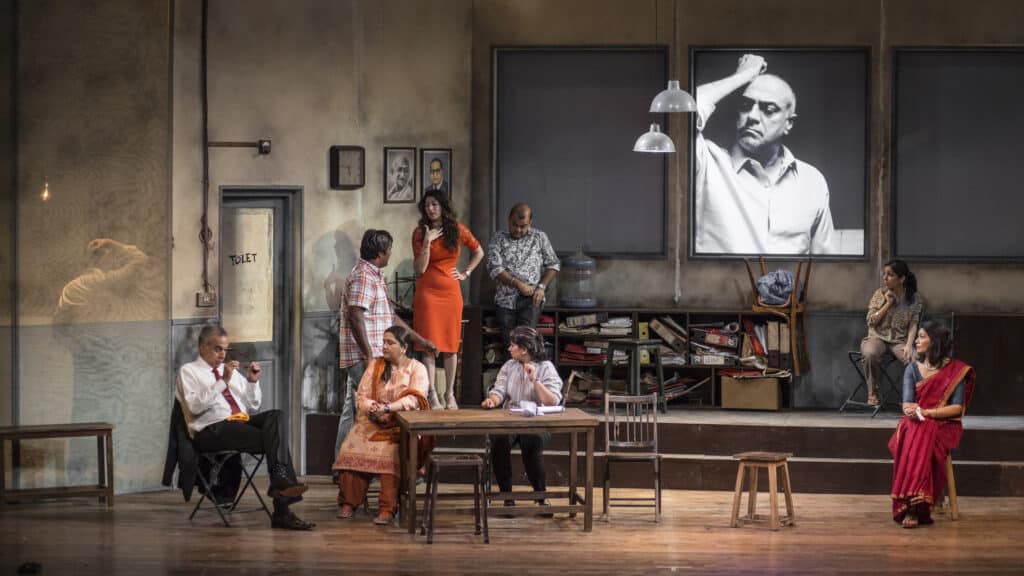
If someone wanted to pursue brand consulting in the arts, what kind of education or background would set them up for success?
There is no specific degree for brand consulting in the arts. The approach is two-pronged: first, you need to understand the pulse of a brand and the core of the performing arts—or whatever field you’re working with. The goal is to make the story enticing and relevant. Storytelling is key. Second, a major part of a brand architect’s work is understanding marketing touch-points; publicity, digital marketing, social media, brand collaborations, and sales. In today’s day and age, digital marketing degrees would help you in whatever you do because at the end of the day everything is sold online in various forms and formats.
Brand consultancy is never a first step in anyone’s career. A consultant is a specialist—someone multi-hyphenated and multi-faceted, which is why agencies and organisations hire them to energise their brand. The key is identifying the skill sets you’ve acquired over time. Training and active participation in the arts sector is the only way to go about this. I can happily call myself a brand architect today, after five years as a brand consultant and 15 years as a journalist—20 years of solid work. It’s an exciting journey, and for those smarter than me, it might even be a shorter one!
Looking back, were there any experiences that really helped you get your foot in the door?
The most important experience for me was running my own theatre company. It taught me how to manage a large team, become a better editor, and lead more effectively. At some point, everyone should do theatre in some form—whether in production, acting, or any role that suits them. The gruelling six to eight months of rehearsals, the highs and lows, understanding human nature and the craft—it’s invaluable. If you’re interested in the performing arts, get hands-on experience! Work with a foundation, dance or theatre company, festival, auditorium, or museum.
Networking is so important in this industry—what’s the best way to start building those connections and finding collaborators in the arts?
The most important thing is to go out there and get hands-on experience. The more companies, troupes, groups, foundations, and festivals you work with, the more people you meet, the more you learn, the more your skills are honed, and the more chances you have of finding mentors, advisors, and even lifelong friends.
How do you stay connected to the artistic side of things while balancing the more business-focused aspects of your job?
That’s very easy. It’s important for me that I find time to watch a play every week, listen to music every day, and stay updated with cinema and shows. I’m constantly on ticketing platforms, checking what’s happening. If you’re privileged to live in Mumbai, where the performing arts scene is active and thriving, you have access to it all.
When you’re working on a project, how do you balance staying true to the core values of the institution while also making it more marketable and appealing?
That’s the core of marketing. My job is to understand the brand’s story and figure out the best way to sell it with research and respect. Whether I’m selling an NFT or a fashion brand, I have absolute respect for all of them—I don’t look down on anything. I have marketed everyone from gully rappers to Hindustani classical singers. Marketability isn’t a dirty word. Selling something is often seen as a bad thing because it can lead to compromises, but this is why you need storytellers. When done right, marketability won’t feel like a sham.
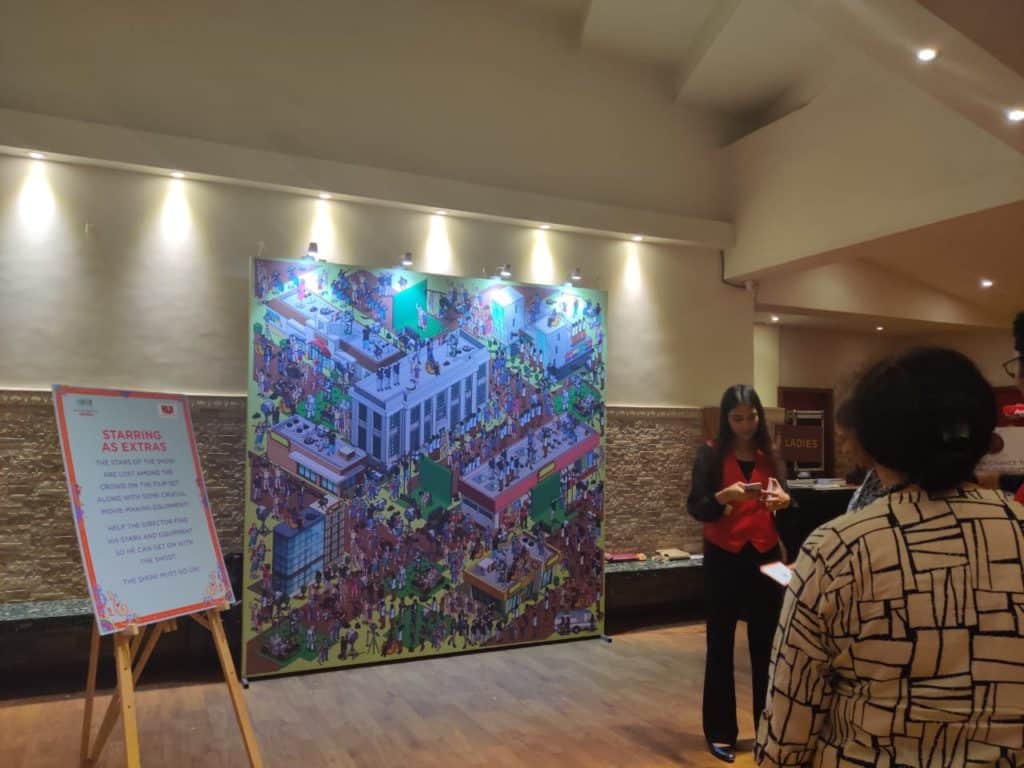
For someone who is just starting out, what is the sweet spot between being creative and sticking to a client’s vision and brand values?
The sweet spot is to be crazy creative all the time. Rule number one: don’t think about the sweet spot when you are starting. Have zero fear of what works and what doesnt. Just keep coming up with ideas, absorb everything, and let your brain function at full power. Think of all the cool stuff that only someone who isn’t jaded by responsibility can create. The mad energy to keep coming up with wild ideas is the fuel for everything. Be creatively unhinged!
Brand strategy often involves balancing creativity and budgets—how do you manage to strike that balance, especially when working with tight resources?
I have absolute clarity on what the client is ready to spend, and you need to be aware of your client’s spending power. You can’t work with a mom-and-pop jewellry store and propose concepts that only Bulgari can afford. Besides, the best ideas don’t require a lot of money. I am as Bombay as Bombay can get. I believe in three words: Sundar (beautiful), Sasta (affordable), and Tikao (sustainable).
(This is the second interview in our series exploring careers in the arts and festival sector, where we talk to the dreamers and doers, to understand the many unique roles shaping the future of creativity.)
Also read:
Crafting Serendipity where Nitya Iyer of Serendipity Arts Festival discusses her journey in festival programming and production
Can an arts festival highlight spatial inequalities while celebrating the resistance of marginalised communities?
For more articles on festivals in India, check out our Read section of this website.

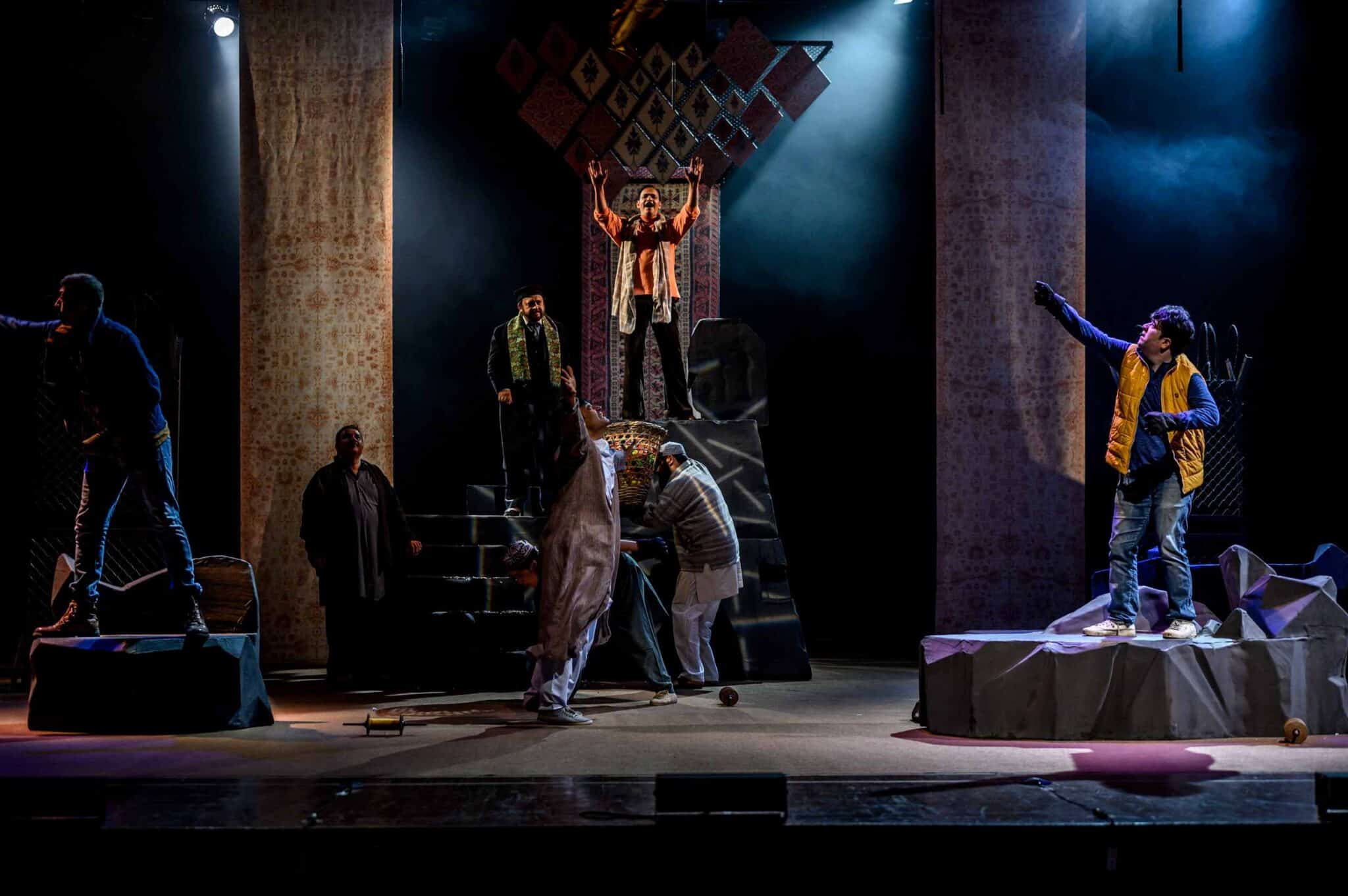
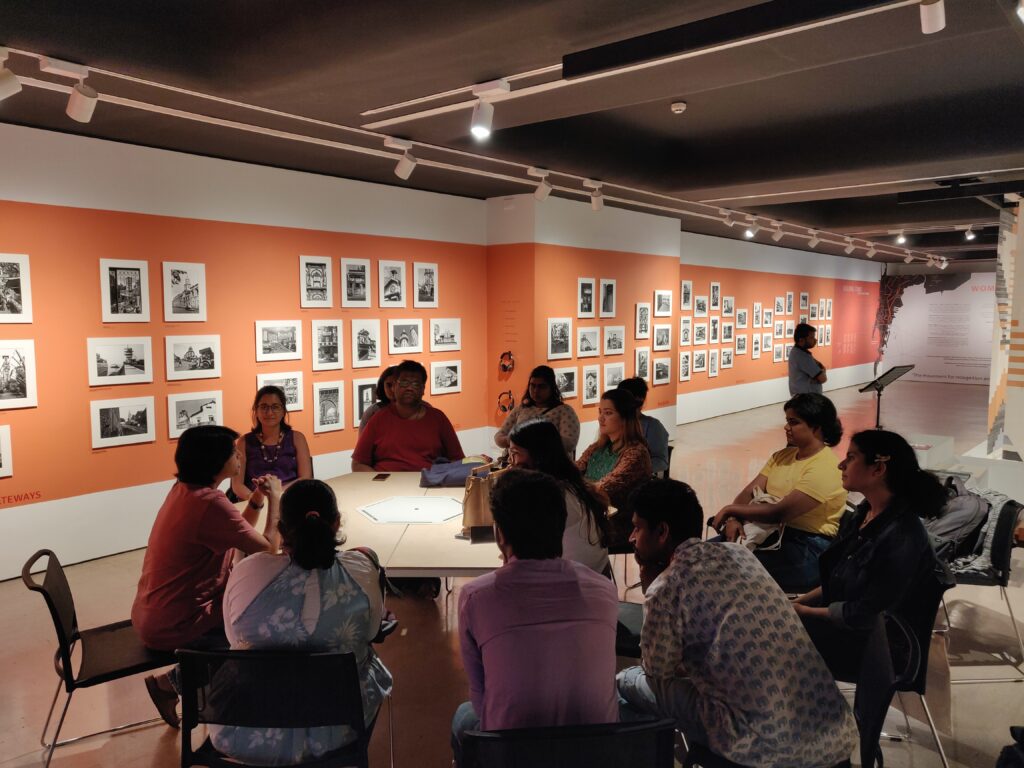

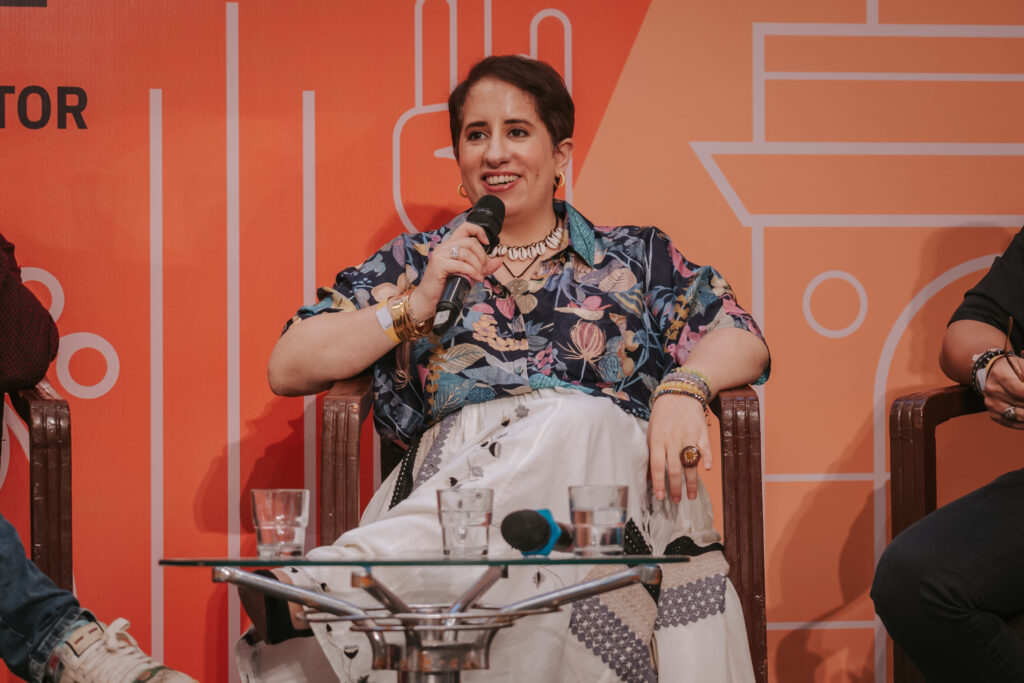
Share on